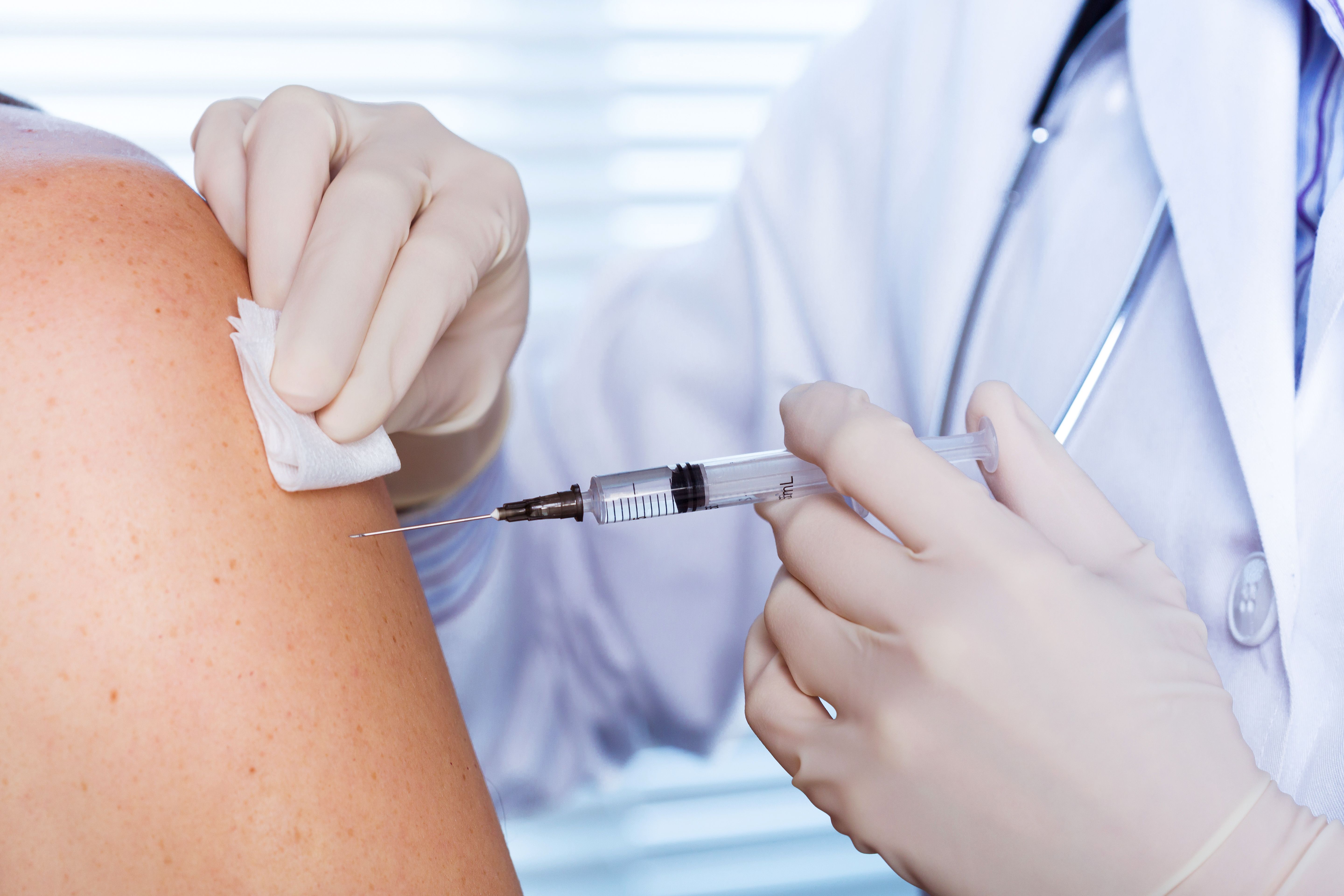A new study reveals that already low acceptance of the human papillomavirus (HPV) vaccine took another hit during the COVID-19 pandemic, with about 34% of youths having 1 dose of the vaccine after the pandemic compared to around 50% in the pre-pandemic era.
Takeaways
- The study indicates a significant decline in HPV vaccine acceptance during the COVID-19 pandemic, with only 34% of youths receiving at least one dose post-pandemic compared to 50% pre-pandemic.
- Both pre- and post-pandemic, a low percentage of youths received the recommended 2 doses of the HPV vaccine. Compliance dropped from 35% before the pandemic to 19% after.
- The HPV vaccine has faced historical challenges, potentially linked to misconceptions about its association with increased sexual activity. Despite evidence refuting these concerns, acceptance remains low.
- The decline in HPV vaccination rates appears to be associated with the broader trend of decreased vaccination rates during the COVID-19 pandemic, influenced by efforts to avoid the virus and issues related to access to care and health resources.
- The study highlights a strong opportunity for patient and provider education to address both long-standing concerns and the impact of the pandemic on vaccination rates. It suggests leveraging other vaccination campaigns to boost HPV vaccinations and emphasizes the need for additional studies to assess effective strategies for catching up on vaccinations.
Rates of full compliance weren’t much better, with about 35% of youths receiving the recommended 2doses of the vaccine before the pandemic and just 19% receiving both doses in the post-pandemic period.1
These latest figures, published in the November 2023 issue of The Pediatric Infectious Disease Journal, examines some of the potential causes of this drop in HPV vaccine uptake.1
The HPV vaccine has a long history of low acceptance, which some experts believe may be linked to the fact that HPV is mainly a sexually transmitted infection. There is some perception among naysayers of the vaccine that vaccination against HPV would promote sexual activity after vaccination. But this is not a new issue, and it’s an assumption that has been repeatedly refuted.2,3
A vaccine against HPV was first developed nearly 20 years ago, with the latest formulation approved by the FDA in 2014.4 Numerous studies have demonstrated the efficacy of these vaccines in helping to prevent numerous types of cancers and other conditions like to HPV, yet uptake has remained low in the decade since the newest vaccine was released.5
The newest report draws an additional connection outside of previous obstacles to vaccination, though. Researchers note that decreases in vaccination rates occurred alongside peaks in COVID-19 cases, suggesting that the drop in HPV vaccinations may be more related to the pandemic than previous reasons for vaccine hesitancy. Vaccination rates of all kinds across the country dropped during the COVID-19 pandemic, in part because of people’s efforts to avoid the virus, as well as issues with access to care and health resources.6
Gaps in vaccination because of both longstanding concerns and the pandemic have created a strong opportunity for patient and provider education, the report notes. Across the health spectrum, there needs to be some recovery in terms of vaccine uptake, and it may be helpful to use leverage from other vaccination campaigns to boost HPV vaccinations at the same time, the report suggests.
Additional and future studies should investigate efforts to catch up on vaccinations, and gauge what types of efforts were most effective, the authors conclude.
References
1. Bower M, Kothari U, Akerman M, Krilov LR, Fiorito TM. Impact of COVID-19 on HPV Vaccination Rates in New York City and Long Island. Pediatr Infect Dis J. Published online November 13, 2023. doi:10.1097/INF.0000000000004149
2. 6 myths about the HPV vaccine dispelled. Penn Medicine. July 1, 2016. Accessed November 28, 2023. https://www.pennmedicine.org/updates/blogs/womens-health/2016/july/6-myths-about-the-hpv-vaccine
3. Donken R, Ogilvie GS, Bettinger JA, Sadarangani M, Goldman RD. Effect of human papillomavirus vaccination on sexual behaviour among young females. Can Fam Physician. 2018;64(7):509-513.
4. The HPV vaccine: Access and use in the U.S. KFF.org. July 12, 2021. Accessed November 28, 2023. https://www.kff.org/womens-health-policy/fact-sheet/the-hpv-vaccine-access-and-use-in-the-u-s/#:~:text=The%20FDA%20first%20approved%20first,was%20approved%20by%20the%20FDA.
5. About HPV vaccines. Centers for Disease Control and Prevention. November 16, 2021. Accessed November 28, 2023. https://www.cdc.gov/vaccines/vpd/hpv/hcp/vaccines.html
6. Cunniff L, Alyanak E, Fix A, et al. The impact of the COVID-19 pandemic on vaccination uptake in the United States and strategies to recover and improve vaccination rates: A review. Hum Vaccin Immunother. 2023;19(2):2246502. doi:10.1080/21645515.2023.2246502

